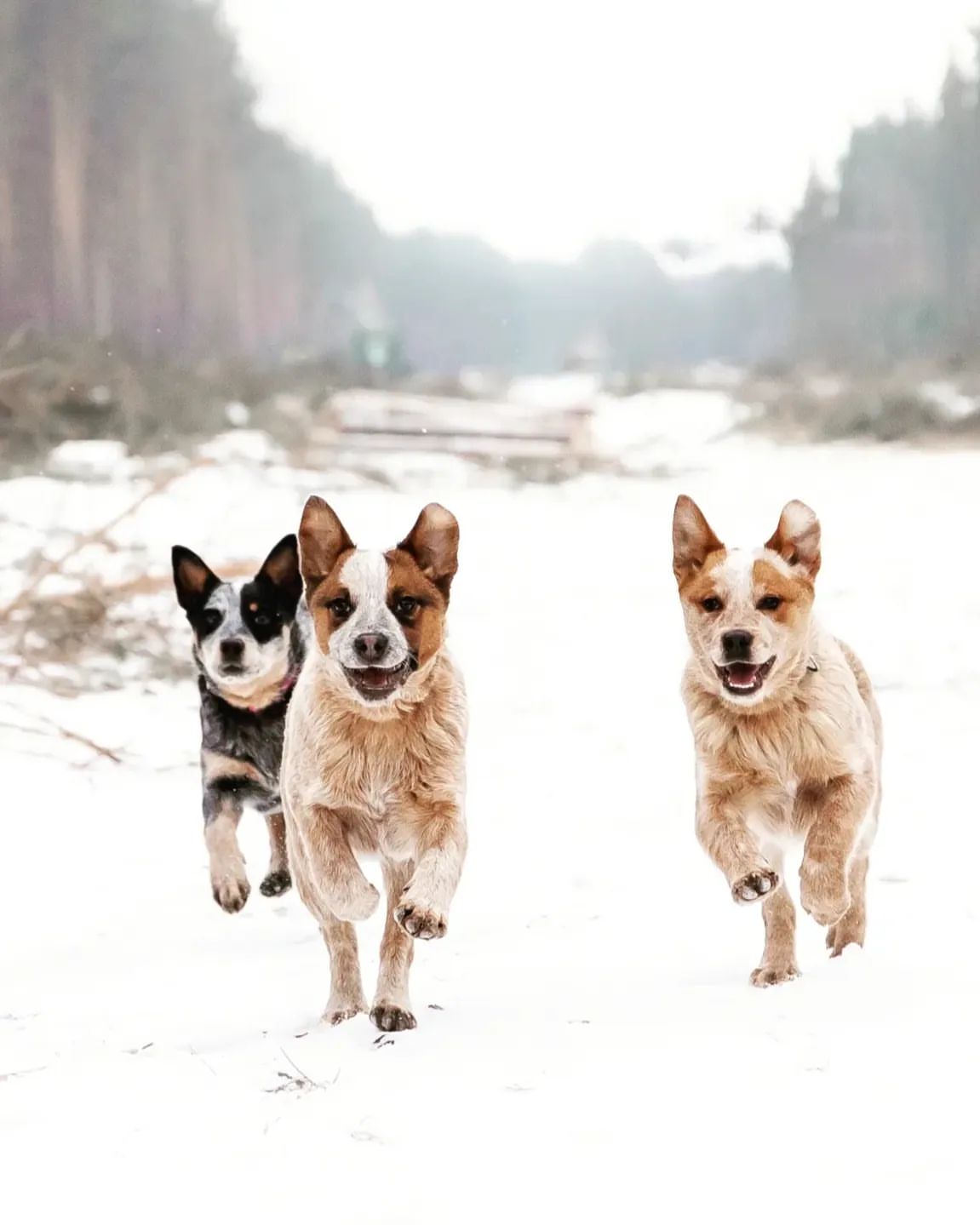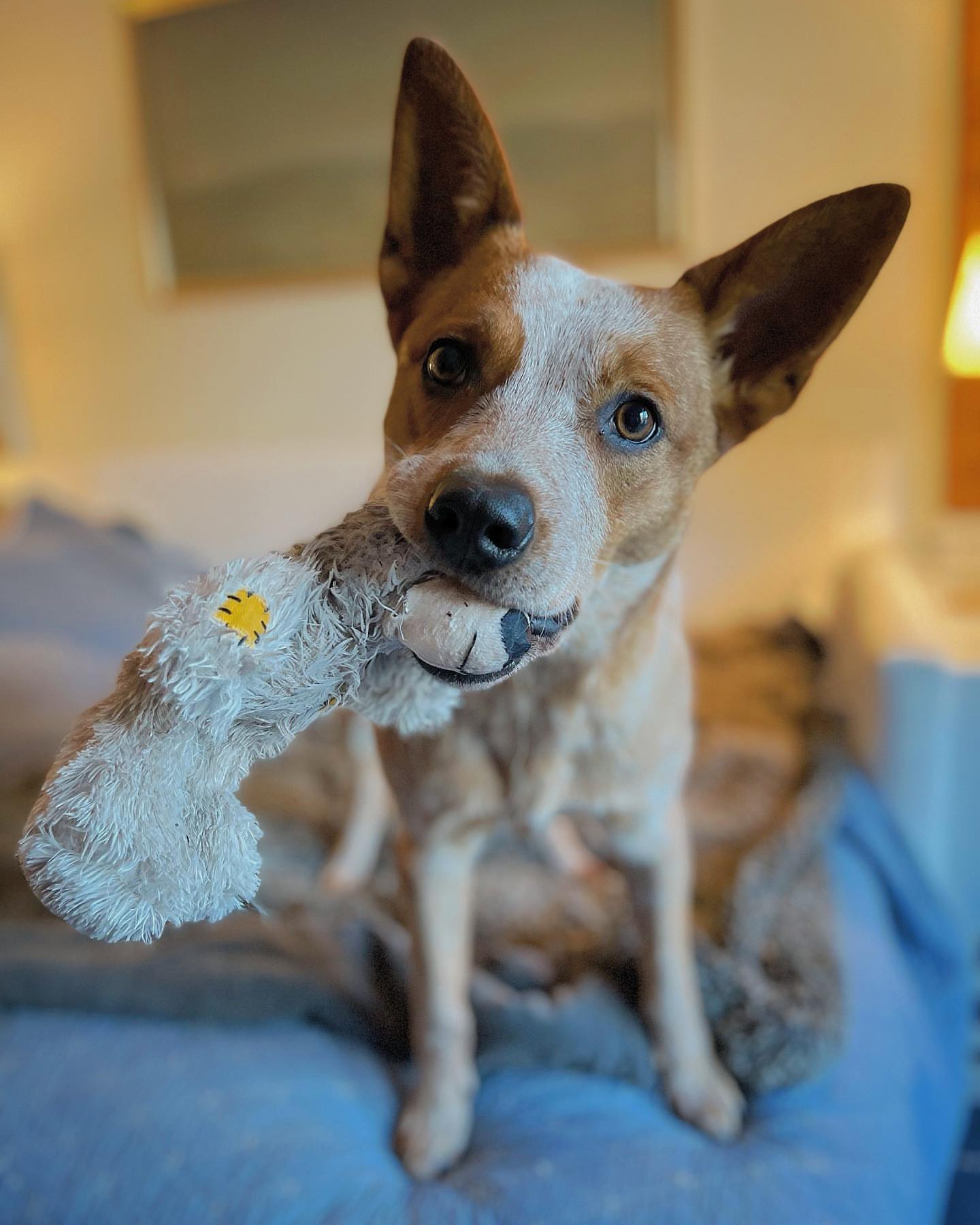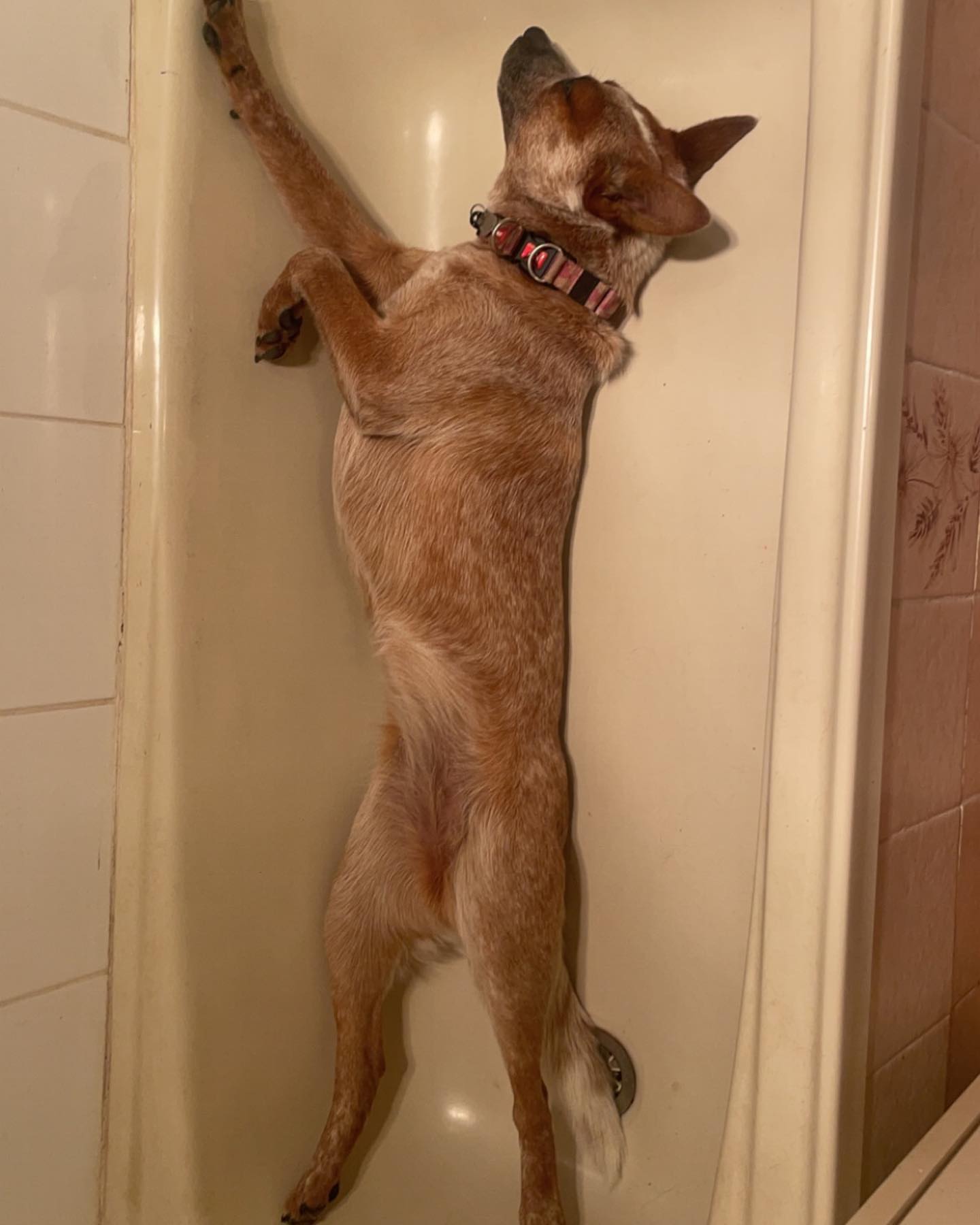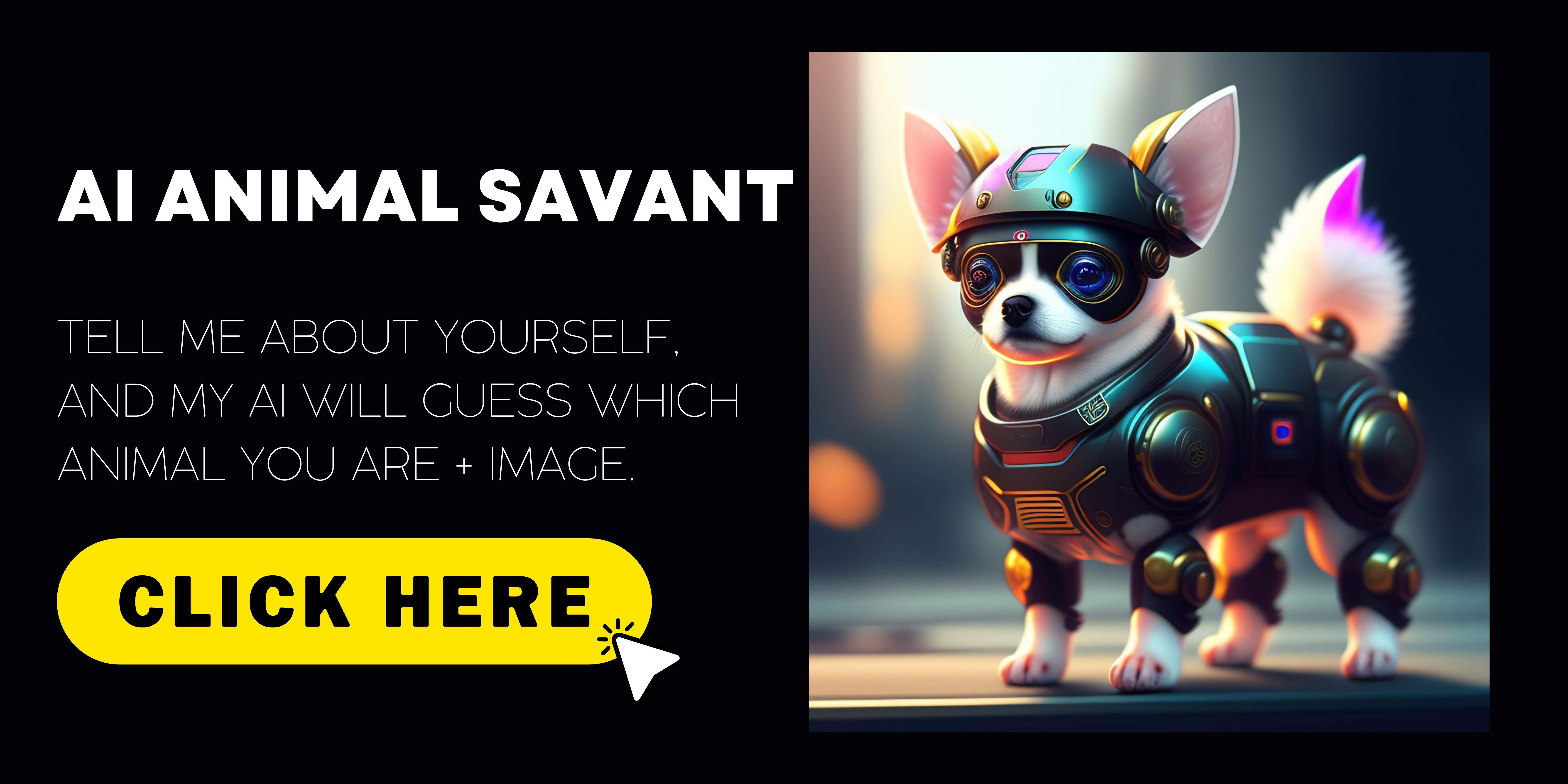Red Heelers, also known as Australian Cattle Dogs, are a remarkable and distinctive breed known for their exceptional qualities and characteristics. Their intelligence, loyalty, and strong herding instincts make them valuable working dogs and beloved companions. However, like any breed, Red Heelers may experience behavior problems that can present challenges for their owners. Understanding and addressing these behavior issues is essential to ensure their well-being and maintain a harmonious relationship. In this comprehensive guide, we will delve into the common behavior problems seen in Red Heelers and provide strategies and insights to effectively address them. Whether you’re a new Red Heeler owner or someone looking to better understand and manage your dog’s behavior, this guide aims to provide you with valuable knowledge and practical techniques. Let’s explore the fascinating world of Red Heeler behavior and discover how to create a happy and balanced relationship with these remarkable companions.

Understanding Red Heeler Behavior:
Red Heelers, also known as Australian Cattle Dogs, possess unique qualities and characteristics that contribute to their behavior. Understanding their breed history and working background provides valuable insights into their instincts and natural behaviors.
The breed’s history as a herding dog for Australian cattle sheds light on their strong herding instincts and high energy levels. Red Heelers are known for their intelligence, problem-solving abilities, and an inherent drive to work. This background helps explain their need for mental and physical stimulation and their tendency to exhibit behaviors associated with herding.
By recognizing these innate characteristics red heeler owners can better understand their dogs behavior and approach behavior problems with the appropriate knowledge and strategies.
You may like: Blue Heeler pros and cons
Effective Training and Behavior Modification Techniques:
Training is a crucial aspect of addressing behavior problems in Red Heelers. Positive reinforcement training methods have proven to be the most effective approach for this intelligent and eager-to-please breed.
Positive reinforcement involves rewarding desired behaviors with treats, praise, or play, while ignoring or redirecting unwanted behaviors. This approach helps Red Heelers understand what is expected of them and motivates them to repeat those behaviors. Step-by-step guidance tailored to address specific behavior problems can greatly enhance training outcomes.
For example, if your Red Heeler exhibits excessive barking, a technique called “quiet” training can be employed. This involves teaching your dog to be quiet on command by rewarding them when they stop barking and redirecting their attention to an alternative behavior, such as sitting or lying down.
Consistency, patience, and setting clear boundaries are essential for effective training. Red Heelers thrive on routine and clear guidelines. Establishing consistent rules and expectations, using positive reinforcement consistently, and avoiding punishment-based methods will create a strong foundation for training success.

Common Behavior Problems in Red Heelers:
Red Heelers, while highly intelligent and loyal, can present certain behavior problems that owners may encounter. It’s important to address these issues promptly to maintain a harmonious relationship with your Red Heeler.
One common behavior problem in red heelers is excessive barking their natural instinct as herding dogs can lead to vocalization when they feel the need to control or alert their surroundings additionally red heelers may exhibit herding behavior such as nipping or chasing as a way to manage their environment.
Stubbornness can also be a challenge with Red Heelers. Their independent nature and strong-willed personality may result in resistance to commands or difficulty in redirection.
Territorial aggression is another behavior problem that can arise in Red Heelers. Their instinct to guard and protect can manifest as aggression towards strangers or other animals, particularly if they perceive a threat to their territory.
These behavior problems often stem from a lack of mental and physical stimulation, inadequate socialization, or inconsistent training. By providing appropriate outlets for their energy, ensuring sufficient socialization, and using positive reinforcement training techniques, many of these behavior problems can be effectively managed and mitigated.
In the next sections of this guide, we will delve deeper into specific strategies and techniques for addressing these behavior problems in Red Heelers. By understanding the underlying causes and implementing proactive measures, owners can cultivate a well-behaved and balanced Red Heeler companion.
You may like: When do Blue Heeler ears stand Up?
Socialization and Reducing Aggression:
Early and ongoing socialization is crucial for Red Heelers to prevent behavioral issues, particularly territorial aggression. Exposing them to various people, animals, and environments from a young age helps them develop positive associations and appropriate social skills.
Introducing your Red Heeler to new experiences should be done gradually and in a controlled manner. Positive reinforcement should be employed to reward calm and appropriate behavior during socialization outings. This will help your Red Heeler associate new experiences with positive outcomes.
For Red Heelers displaying territorial aggression, techniques such as desensitization and counter-conditioning can be effective. This involves gradually exposing them to situations that trigger aggression while using positive reinforcement to change their emotional response. Working with a professional trainer or behaviorist can provide valuable guidance in managing and reducing territorial aggression.
Remember, every dog is unique, and it’s important to tailor your training, exercise, and socialization efforts to your Red Heeler’s individual needs. With consistency, patience, and a proactive approach, you can successfully address behavior problems and foster a harmonious relationship with your Red Heeler companion.

Addressing Energy and Exercise Needs:
Meeting the high energy requirements of red heelers is crucial for their well being and behavior providing sufficient physical and mental stimulation is key to managing their energy in a positive way.
Daily walks are essential for Red Heelers to release energy and maintain their physical fitness. In addition to walks, incorporating obedience training, agility exercises, and interactive playtime can help channel their energy into constructive outlets.
Mental stimulation is equally important as physical exercise for Red Heelers. Puzzle toys, such as treat-dispensing toys or interactive feeding puzzles, can engage their intelligent minds and keep them mentally stimulated. Incorporating obedience training sessions into their routine provides mental challenges and strengthens the bond between you and your Red Heeler.
By combining physical activities and mental stimulation techniques, Red Heelers can lead balanced and fulfilling lives while reducing the likelihood of behavior problems arising from excess energy.
Socialization and Reducing Aggression:
Early and ongoing socialization is crucial for Red Heelers to prevent behavioral issues, particularly territorial aggression. Exposing them to various people, animals, and environments from a young age helps them develop positive associations and appropriate social skills.
Introducing your Red Heeler to new experiences should be done gradually and in a controlled manner. Positive reinforcement should be employed to reward calm and appropriate behavior during socialization outings. This will help your Red Heeler associate new experiences with positive outcomes.
For Red Heelers displaying territorial aggression, techniques such as desensitization and counter-conditioning can be effective. This involves gradually exposing them to situations that trigger aggression while using positive reinforcement to change their emotional response. Working with a professional trainer or behaviorist can provide valuable guidance in managing and reducing territorial aggression.
Remember, every dog is unique, and it’s important to tailor your training, exercise, and socialization efforts to your Red Heeler’s individual needs. With consistency, patience, and a proactive approach, you can successfully address behavior problems and foster a harmonious relationship with your Red Heeler companion.
Seeking Professional Help:
In some cases, seeking professional help from certified dog trainers or behaviorists is necessary for severe or persistent behavior problems in Red Heelers. Professional guidance can provide valuable insights, expertise, and tailored solutions to address complex or challenging behavior issues.
Encourage readers to consider professional assistance when behavior problems become overwhelming or when previous attempts to address them have been ineffective. Certified dog trainers or behaviorists have the knowledge and experience to accurately assess the situation and design a customized behavior modification plan for your Red Heeler.
When choosing a professional, it is essential to look for someone with reputable credentials, such as certifications or memberships in recognized dog training organizations. Read reviews, ask for recommendations from trusted sources, and schedule consultations to gauge their approach and compatibility with your goals and values.
The benefits of seeking professional help are numerous professionals can offer an objective perspective provide ongoing support and guide you through the training and behavior modification process they can also help identify any underlying factors contributing to the behavior problems and ensure that you re using the most effective techniques for your red heeler s specific needs.
It’s important to remember that seeking professional guidance is not a sign of failure but a proactive step towards addressing behavior issues. It demonstrates your commitment to your Red Heeler’s well-being and your dedication to finding the best solutions for them. With the right professional by your side, you can navigate through challenging behavior problems with confidence and see positive changes in your Red Heeler’s behavior.
Conclusion:
In conclusion, understanding and addressing behavior problems in Red Heelers requires patience, consistency, and a proactive approach. By recognizing their unique qualities, such as high energy levels and herding instincts, and implementing positive reinforcement training techniques, many behavior problems can be effectively managed.
Addressing the energy and exercise needs of Red Heelers through physical activities and mental stimulation is crucial for their well-being. Socialization plays a significant role in preventing behavioral issues, and techniques such as desensitization and counter-conditioning can help reduce territorial aggression.
In more complex cases, seeking professional help from certified dog trainers or behaviorists is a valuable resource. Choosing a reputable professional and benefiting from their expertise can make a significant difference in successfully addressing behavior problems.
By approaching behavior problems with patience, consistency, and positive reinforcement, you can strengthen the bond with your Red Heeler and create a harmonious relationship. Remember, with dedication, the right techniques, and sometimes professional assistance, you can overcome behavior problems and enjoy the companionship of your intelligent and loyal Red Heeler for years to come.






